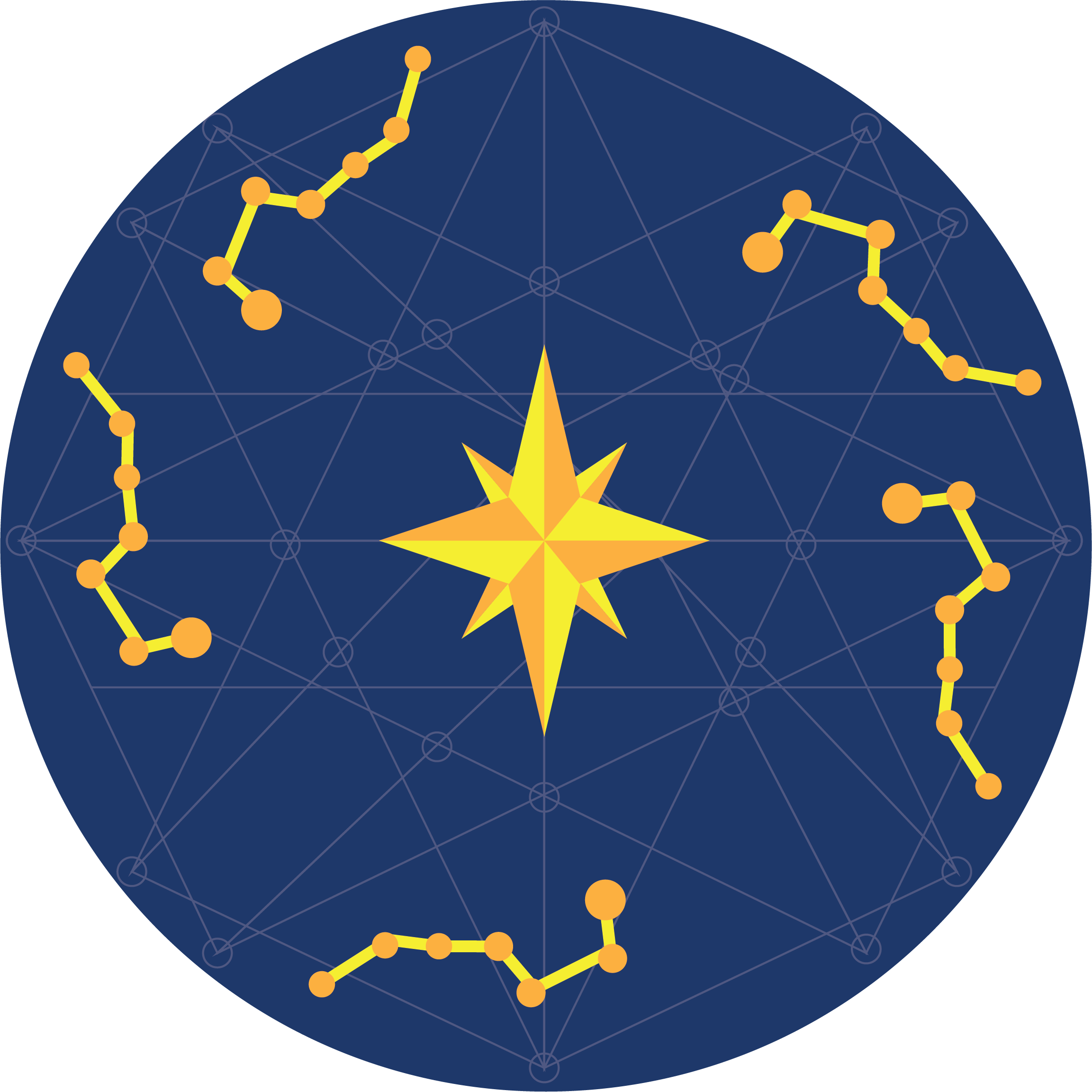Shortly after Chumash Elder Joe Talaugon opened the Guadalupe Cultural Arts and Education Center with his wife Margie, paleontologist Rex Saint Onge approached Joe about a tree carving that he believed was carved by Chumash people. Rex brought Joe out to the “scorpion tree,” previously thought to be a cowboy carving in the Santa Lucia Mountains of San Luis Obispo County. Joe agreed with Rex, this more than 6-foot tall tree carving resembled Chumash rock paintings in other parts of the Central Coast. From there, Rex and Joe set out on a research journey investigating what we now call, the Chumash Arborglyph (think arbor=tree and glyph=carving).

Rex and Joe visited more than 15 other sites in Chumash and Yokut territories to learn about similar images found in rock paintings and carvings. Some of these rock carvings were known to keep track of time and important dates. Through Rex’s research, we learned that the Arborglyph provides a calendar of important events throughout the year for Chumash people.
The bottom part of the image that looks like a lizard is a graphic representation of the movement of a shadow over the course of a year. This image was made with an invention similar to a sundial. With this sundial-like instrument, the stick is aligned with the North Star and the lines drawn on the rock are traced from the movement of the stick’s shadow on the days of summer solstice (June 21), fall equinox (September 23), winter solstice (December 21) and spring equinox (March 20), each important cultural days for the Chumash. For example, on winter solstice when the sun appears low in the sky, the shadow of the stick is longest and the top or most northern line of the figure is drawn as the sun moves through the sky during the day. During summer solstice, when the sun appears highest in the sky, the shadow of the stick is shortest and the lowest or most southern line of the figure is drawn as the sun moves through the sky during the day. The fall and spring equinoxes are the represented at the straight, middle line.

So, while the figure part is a calendar of the year as told by the sun, the top part is a map of the Ursa Major’s (aka the Big Dipper’s) placement in relationship to the North Star at sunset on the same dates throughout the year. The Big Dipper makes a counterclockwise rotation around the North Star everyday, or to be exact, every 23 hours and 56 minutes, but this placement starts at a different position at sunset each night of the year. On winter solstice, it starts at the bottom, near the 6 o’clock position if you think of the rotation as a clock . On Spring equinox it starts on the right, near the 3 o’clock position of the clock.

A = December 21, winter solstice
B = March 21, vernal equinox
C = April 20, midpoint
D = June 21, summer solstice
E = August 22,
Xutash ceremony
Rex, Joe, and anthropologist John Johnson published an article that details these discoveries as well as others.
Prior to this analysis, Thomas Hudson wrote about possible connections between Chumash rock art and astronomy, but his work was readily dismissed. The Arborglyph challenges the idea that Chumash rock art was simply abstract interpretations of animals, or even more grossly interpreted as simply the result of hallucinogenic experiences. Rather, this art stands as evidence that our people left to remind us that our knowledge is complex and sophisticated.
We worked with Tane Ross and Adrian Baker of Injunuity to create an animated short to help so that everyone can learn about the Arborglyph and Chumash science through time.


Very well done, so honest and easy to understand. Thank you
LikeLike
Pretty cool……………………….
LikeLike
It was a good article/articles.
LikeLike